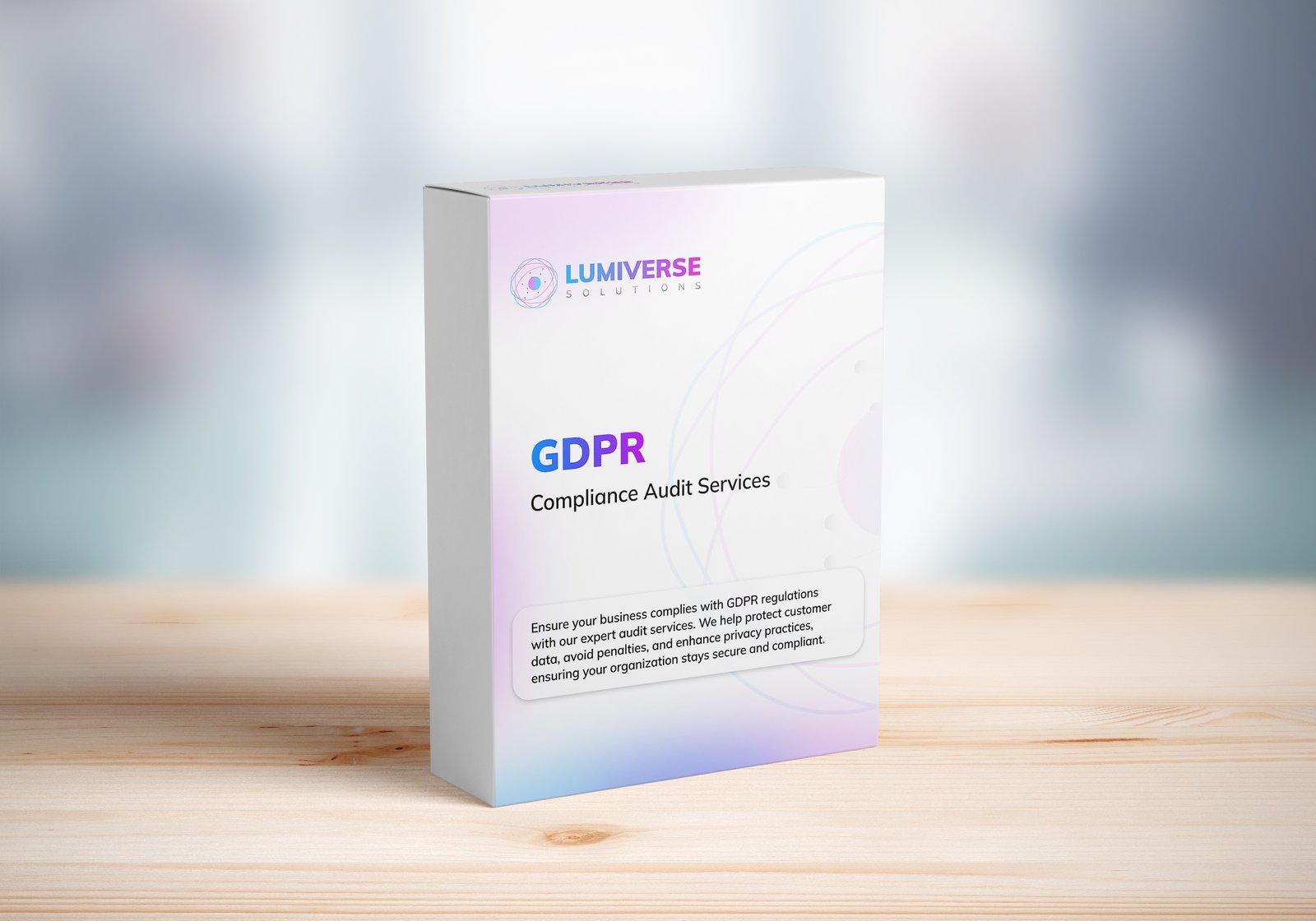Financial New Fraud In The Digital Age In India

INTRODUCTION
India’s sudden digitalization has transformed banking, finance, and commerce. E-wallets and UPI payments to fintech apps and digital loans, ease has transformed the financial experience for millions. But behind this revolution lurks a dark shadow: Financial New Fraud is on the rise at an alarming rate.
Those were the times when only cheques were forged or documents tampered with. Contemporary criminals are smart, connected, and becoming more sophisticated. As technology is being used more and more, so is the threat—particularly to unsuspecting or uninformed users.
This article discusses the various types of Financial New Fraud arriving in India, notable examples, new techniques used by cybercrime professionals, regulatory reaction, and how to keep yourself or your business safe in cyberspace.
1. What is Financial New Fraud?
Financial New Fraud describes new, tech-savvy financial crimes using digital platforms, online banking portals, fintech features, and consumer psychology to dupe and steal money or personal details.
These scams are usually:
Real-time and auto
Social engineering driven
Made possible by digital loopholes or weak security protocols
Target banks, fintech players, small businesses, and individual consumers.

2. The Emergence of Financial New Fraud in India
India has more than 1.2 billion mobile subscribers and more than 300 million UPI accounts, making it favorable to digital financial expansion—and not just to digital growth.
Digital scams increased more than 30% year-on-year between 2022 and 2024, as per RBI.
Almost half of the reported cases of banking frauds are now digital.
The rural regions have witnessed a steep increase from first-time internet users.
The Financial New Fraud wave is commensurate with fintech growth, govt digitalization efforts, and growing digital reliance post-COVID.
3. Most Popular Means of Financial New Fraud in India
3.1 UPI Fraud
Victims unknowingly approve the transactions.
3.2 SIM Swap Fraud
Cyber attackers clone your mobile SIM for intercepting OTPs and stealing banking credentials.
3.3 Phishing & Smishing
Spams or SMS from banks lure users to provide banking or personal information.
3.4 Loan App Scams
Illegal loan apps provide instant loans but blackmail victims or drain personal data resulting in blackmail.
3.5 Scam Investment Platforms
Scammers create replica crypto, brokerage, or mutual fund apps with a high return guarantee and go missing with clients’ money.
3.6 ATM Skimming
Hidden devices on ATMs steal PINs and card numbers to make fraudulent transactions.
3.7 KYC Verification Frauds
People are called and asked to maintain KYC up-to-date and are tricked into revealing credentials or installing malware.
New Financial New Fraud patterns are designed to seem real, pushing success rates and destruction higher.
4. Case Studies: India Real Scenarios
Case Study 1: UPI Refund Scam
A Mumbai resident faced a loss of ₹92,000 after receiving a phishing link in the disguise of a refund on WhatsApp. The link triggered the UPI collect request, which he unknowingly accepted.
Case Study 2: SIM Swap Scam on Entrepreneur
Cyber hackers replicated a Delhi businessman’s SIM and siphoned out ₹10 lakhs from his associated bank accounts within minutes by evading OTP security measures.
Case Study 3: Illegal Loan App Tragedy
Hyderabad-based software engineer borrowed a ₹5,000 loan from an RBI-approved app. He was threatened with morphed images within days, with severe repercussions.
These cases establish the debilitating emotional and fiscal cost of Financial New Fraud and the need for vigilance and immediate action.
5. Modern Financial Scammers’ Strategies
Social Engineering: Impersonators working in the guise of bank officials or technicians.
AI Voice Cloning: Voice snippets to clone actual individuals.
Malware and Remote Access Tools: Phone hijacking to steal data.
Fake Apps and Sites: Impersonating authentic apps to deceive.
Deepfake KYC Videos: Employed to avoid onboarding onto fintech platforms.
Financial New Fraud is driven by technological innovation—but in the wrong hands.

6. Target Audiences of Financial New Fraud
Individuals
Specific first-time digital consumers, older adults, or rural customers not aware of fraud intentions.
Small Businesses
Too many times, they lack any cybersecurity setup to protect themselves against invoice fraud or spoofed payment links.
Financial Institutions
Banks and NBFCs are exposed to sophisticated attacks such as insider fraud, DDoS, and synthetic identity fraud.
Fintech Platforms
Real-time onboarding processes and high-value transactions expose them to manipulation.
No one is safe. All online consumers are potential victims of Financial New Fraud today.
7. Legal and Regulatory Framework
Two-factor authentication of online transactions
Limits liability for customers reporting fraud in a timely manner
Blacklists illicit lending apps with Google coordination
Indian Cybercrime Laws
Regulated by the Information Technology Act, 2000
Complaints of Financial fraud are now actively monitored by cyber police cells
In spite of these, enforcement issues and user lack of awareness enable Financial New Fraud to continue.
8. How to Protect Yourself from Financial New Fraud
For Individuals
Never give OTPs, PINs, or passwords.
Check UPI transactions prior to sanctioning.
Make use of RBI-approved lending and investment apps.
Enable alerts for every transaction.
Not use public Wi-Fi for banking purposes.
For Businesses
Train employees in identifying fraud.
Use secure payment channels.
Enable robust customer authentication for transactions.
Routine cybersecurity scans.
For Fintechs and Banks
Use AI-powered fraud detection programs.
Monitor out-of-normal transaction patterns.
Collaborate with CERT-In and RBI in threat intelligence.
Maintain updated customer education materials.
Proactiveness is the sole defense against this new web of Financial New Fraud.
9. Technology’s Role in Combating Financial New Fraud
AI & Machine Learning
Identify suspected behavior patterns in real-time
Prevent account takeover and spoofed KYC attempts
Blockchain
Enhances traceability and transparency of transactions
Biometric Verification
Prevents identity theft via fingerprint and facial recognition
Digital Forensics
Aids in tracking and investigating digital frauds after they have been committed
Technology is both the cause and the cure in the era of Financial New Fraud.

10. Future of Financial Fraud in India
As India moves towards a $1 trillion digital economy, fraud methods will only get more advanced. Be on the lookout for:
AI-created scams with human intervention
Smart device-based fraud (IoT)
Deepfake-driven KYC and lending fraud
Fraud laundering through decentralized applications
And beware of the following at the same time:
Stricter data privacy laws
RBI sandbox testing for fintech-driven fraud detection
Increased collaboration between technology companies and regulators
The war against Financial New Fraud will become increasingly intense, requiring constant innovation and vigilance.
11. The Role of User Awareness and Education Against Financial New Fraud
As technology advances, the most significant weakness in the digital environment is frequently human error. Increasing awareness is one of the strongest weapons to counter Financial New Fraud.
Why Awareness is Essential
Allows customers to detect phishing and vishing attacks.
Lessens the likelihood of social engineering attacks.
Establishes trust between institutions and customers.
Empowers end-users to embrace cybersecurity best practices.
Strategies for Raising Awareness
Regular online seminars and webinars on digital safety.
Short video tutorials in local languages.
Push notifications or SMS from banks regarding popular fraud techniques.
Social media drives on “dos and don’ts” of online payments.
Awareness can be the strongest deterrent in the battle against the growth of Financial New Fraud.
12. The Role of Government and Regulations in Combating Financial New Fraud
The Government of India has undertaken a multi-layered strategy to counter the threat posed by Financial New Fraud:
The Reserve Bank of India (RBI)
Evolved Strong Customer Authentication frameworks.
Established the Integrated Ombudsman Scheme for grievance redressal.
Regularly amends rules for digital transactions and online credit.
The Ministry of Electronics and Information Technology (MeitY)
Runs the Indian Computer Emergency Response Team (CERT-In).
Issues advisories and alerts on cyber threats and fraud.
Cybercrime Units and Police Forces
Dedicated units dealing solely with digital fraud detection.
Offers platforms such as the National Cybercrime Reporting Portal to report fraud.
Facilitates swift response and investigation to limit damage.
Government and regulators are key in addressing the surge of Financial New Fraud, making it critically important for citizens and companies to comply with revised guidelines.

Conclusion
India’s digital money revolution has introduced velocity, ease, and convenience to hundreds of millions—but created new avenues for scoundrels. Financial New Fraud is growing evidence of the dark side of technological progress.
Securing yourself, your business, or your platform takes more than strong passwords; it takes on-going vigilance, responsive defenses, and trusted technology. As we work through this digital age, learning about the mechanisms of Financial New Fraud is the initial step toward being safe, secure, and financially robust.
Whether you’re a student making college fees online, a merchant taking UPI payments, or a fintech creating the future of money—knowing the risks and how to defend against them is no longer a choice.
Disclaimer
This is an informational blog. The incidents, examples, and statistics used herein are for illustration purposes only and do not constitute legal advice. Users must always check electronic transactions, seek advice from cyber security experts, and refer to RBI and governmental regulations for the latest financial fraud protection. The publisher and author disclaim any direct or indirect damages arising from action taken in reliance on this material.
Recent Posts
Categories
- Cyber Security
- Security Operations Center
- Cloud Security
- Case Study
- Technology Trends
Vulnerability Assessment & Penetration Testing (VAPT)
Buy our VAPT services to identify vulnerabilities, simulate real-world attacks, and strengthen your systems against cyber threats effectively.

iso compliance service
Buy our ISO Compliance services to streamline processes, ensure security, meet global standards, and maintain industry certifications with ease.

SOC 2 Compliance Audit
Ensure your business meets security, privacy, and compliance standards with our SOC 2 Compliance Audit services. Protect data, build trust, and stay secure. Buy our services today!

GDPR Compliance Audit Services
Ensure your organization meets GDPR standards with our expert compliance audit services. Protect data, avoid penalties, and enhance privacy practices. Buy our services today to stay secure and compliant!

Subscribe to our Research
Enter your email address to subscribe to Lumiverse Research and receive notifications of new posts by email.
Tell Us Your Opinion
We value your perspective! Share your thoughts, feedback, or questions below. Your opinion matters and helps create a richer, more engaging conversation. Let’s connect and hear what you think about this post!

